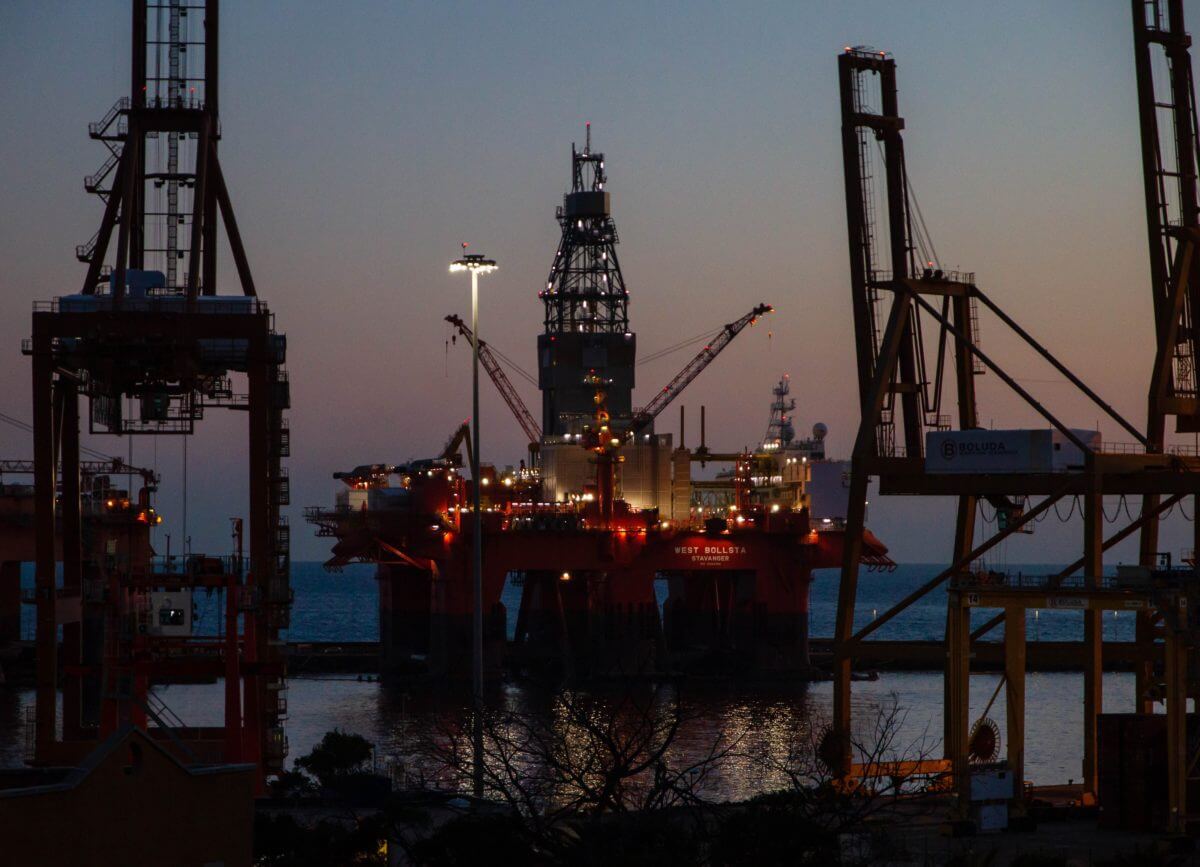
Oil Is up Over 3%
Oil climbed nearly 3% on Tuesday as tight supply resurfaced because Saudi Arabia proposed OPEC+ output cuts to bolster prices and the potential of a decline in US oil inventory.
According to the state news agency SPA, the Saudi energy minister said OPEC+ has the means to deal with difficulties such as decreasing production.
Global benchmark Brent crude had risen $2.42, or 2.6%, to $98.00 per barrel. West Texas Intermediate crude in the United States increased $2.24, or 2.7%, to $91.70.
Oil has surged in 2022, approaching an all-time high of $147 in March after Russia’s invasion of Ukraine worsened supply concerns. Fears of a worldwide recession, rising inflation, and lower demand have dragged down prices. The likelihood of a nuclear deal between Iran and Western powers, which would allow Iran to increase oil exports, is also in the spotlight. On Monday, a senior US official said Iran had waived some of its core demands to rescue an agreement.
While the price of Brent futures has dropped significantly from this year’s high, the market structure and price differentials in the physical oil market continue to point to supply constraints. The next weekly figures on US inventories should indicate a 1.5M barrel reduction in oil stocks, highlighting the limited supply. The American Petroleum Institute will release the first of two reports this week.
APA Makes New Oil Discovery
The oil and gas producer Apache, APA Corp (APA.O), made an announcement on Tuesday. According to it, it found oil offshore Suriname at Baja-1 in Block 53 and abandoned the Dikkop well in Block 58 after hitting water-bearing sandstones there.
Exploration of the South American country is being closely monitored since it is only across the border from large oil finds in Guyana by an Exxon Mobil (XOM.N)-led partnership. It possesses around 11B barrels of oil. With a 45% ownership in Block 53, the corporation operates it. Malaysia’s state-run Petronas owns 30%, with the remainder held by Spain’s CEPSA. Iran will begin the development of the Esfandiar oil field.
According to the general director of the Iranian Offshore Oil Company, Iran will begin the development of the oil field it shares with Saudi Arabia.
According to the official, the Iranian Offshore Oil Company will also drill exploration wells in Esfandiar to identify the next stages of the field’s development.
Esfandiar production should commence within the next three years.
Iran Is Developing Its Oil and Gas Resources
Because of US sanctions, Iran is developing its oil and gas resources on its own, which may take longer. Nonetheless, the country is motivated to develop these resources now that supply is scarce. Meanwhile, exports are increasing as Iranian petroleum sells at a discount to Russian crude, according to tanker tracking data. Most Iranian crude shipments continue to travel to China, similar to how Europeans avoid Russian petroleum.
Nonetheless, Europe is ready to receive some Iranian oil after sanctioning Russian oil. This could explain why the European Union is working so hard to arrange a new nuclear deal between Tehran and Washington. Earlier this month, the EU created a “final version” of the agreement and offered it to the two sides for discussion. Iran quickly responded in writing to the idea, indicating that an agreement was not yet guaranteed.
Despite falling oil prices, most oil corporations continue to profit from their pumps. Devon Energy (DVN 4.36%), Diamondback Energy (FANG 4.66%), and EOG Resources (EOG 3.62%) are three oil stocks making a lot of money at $91 oil.




